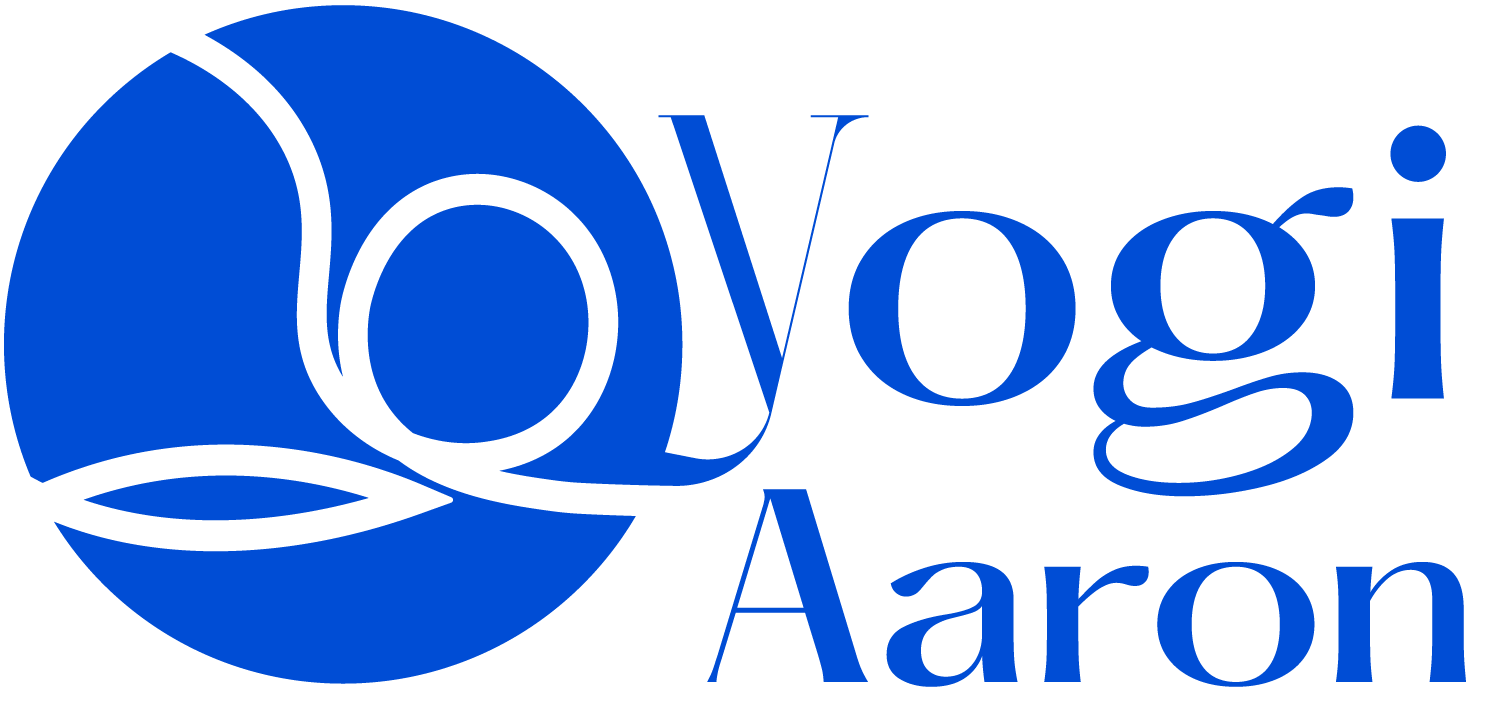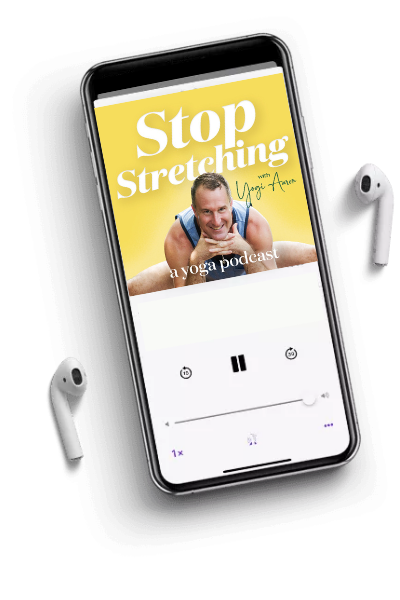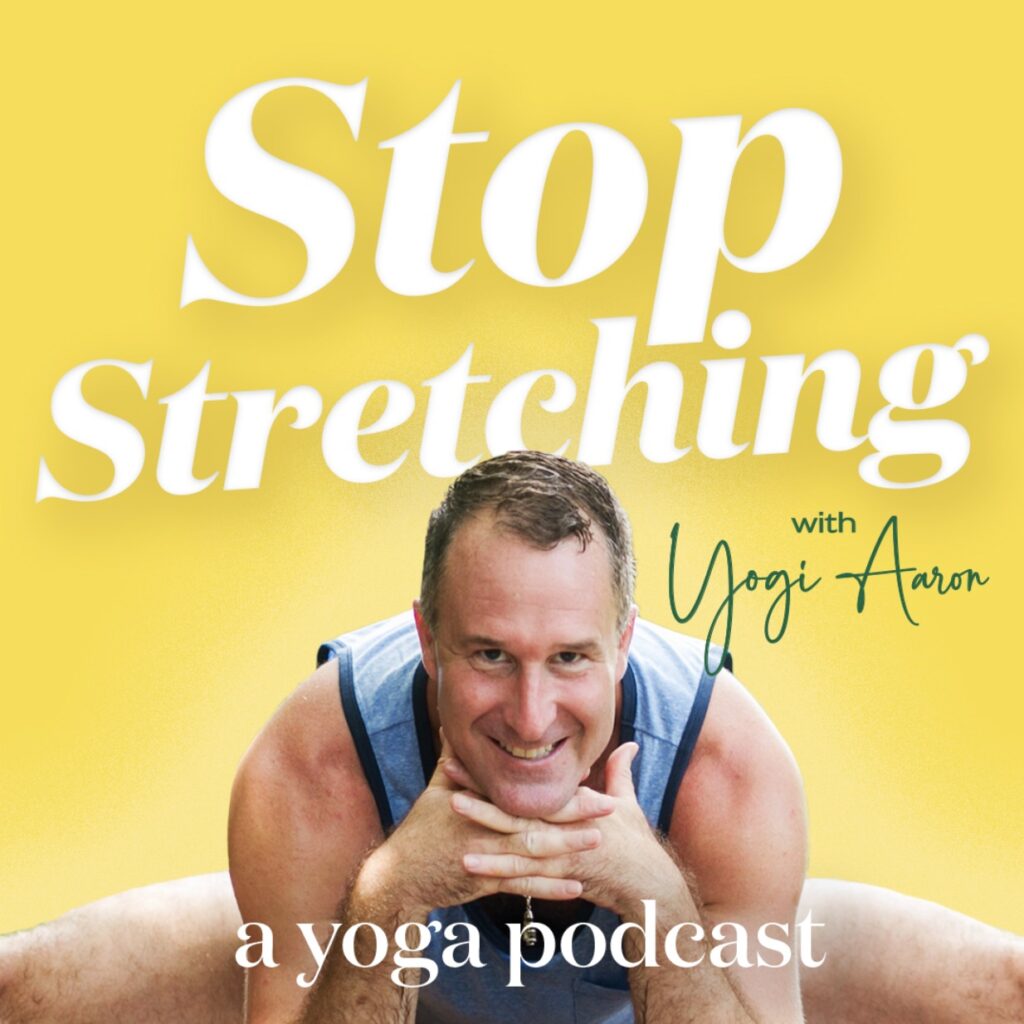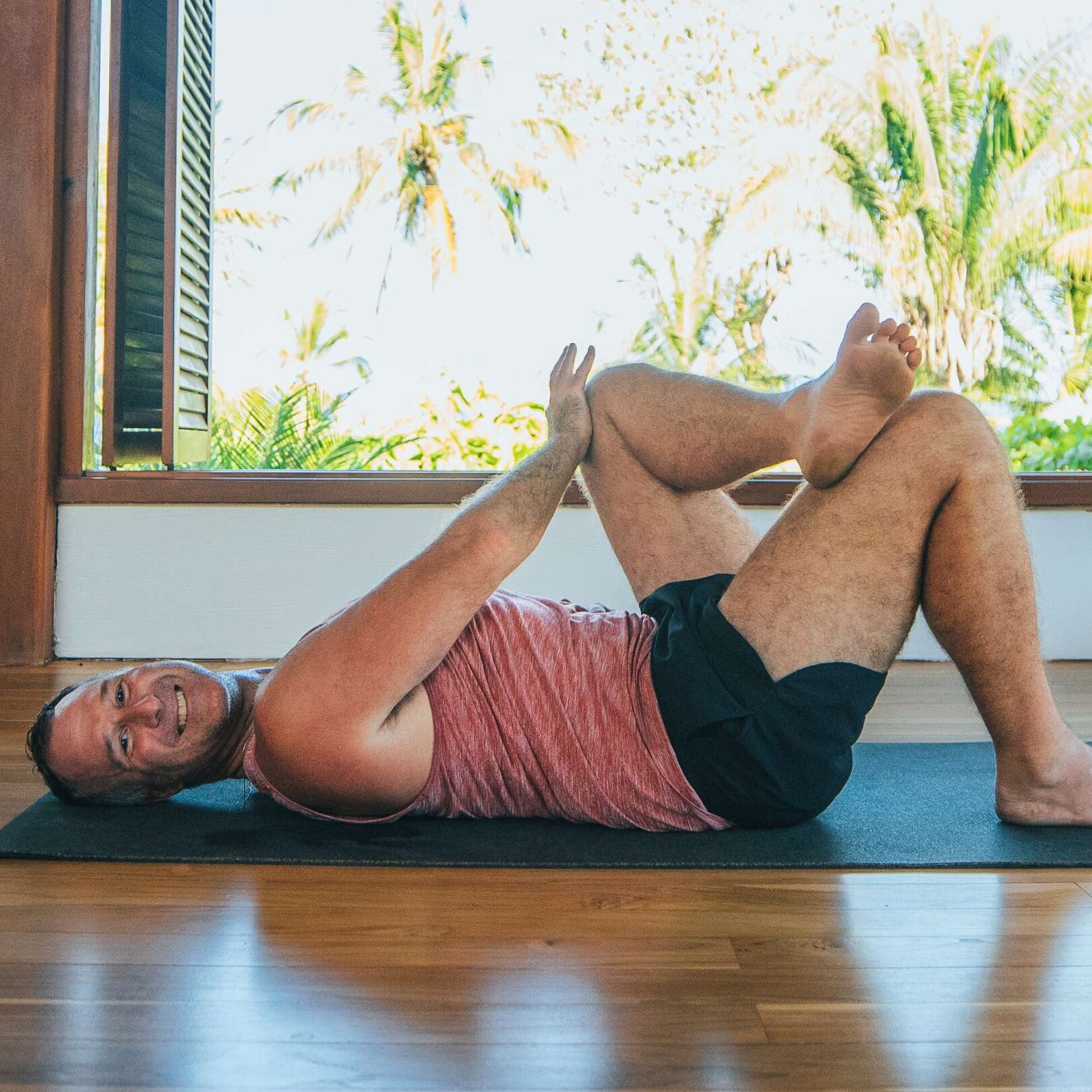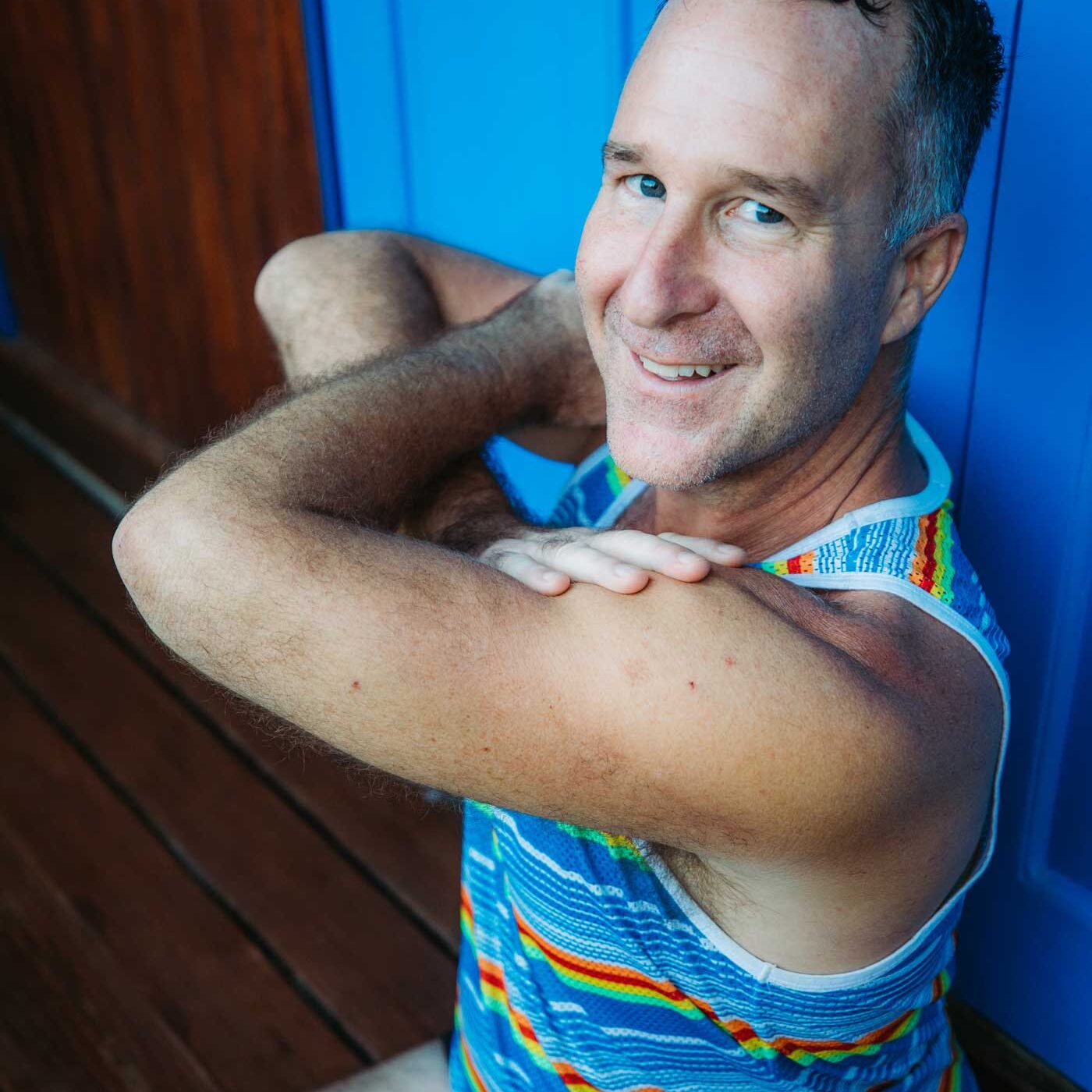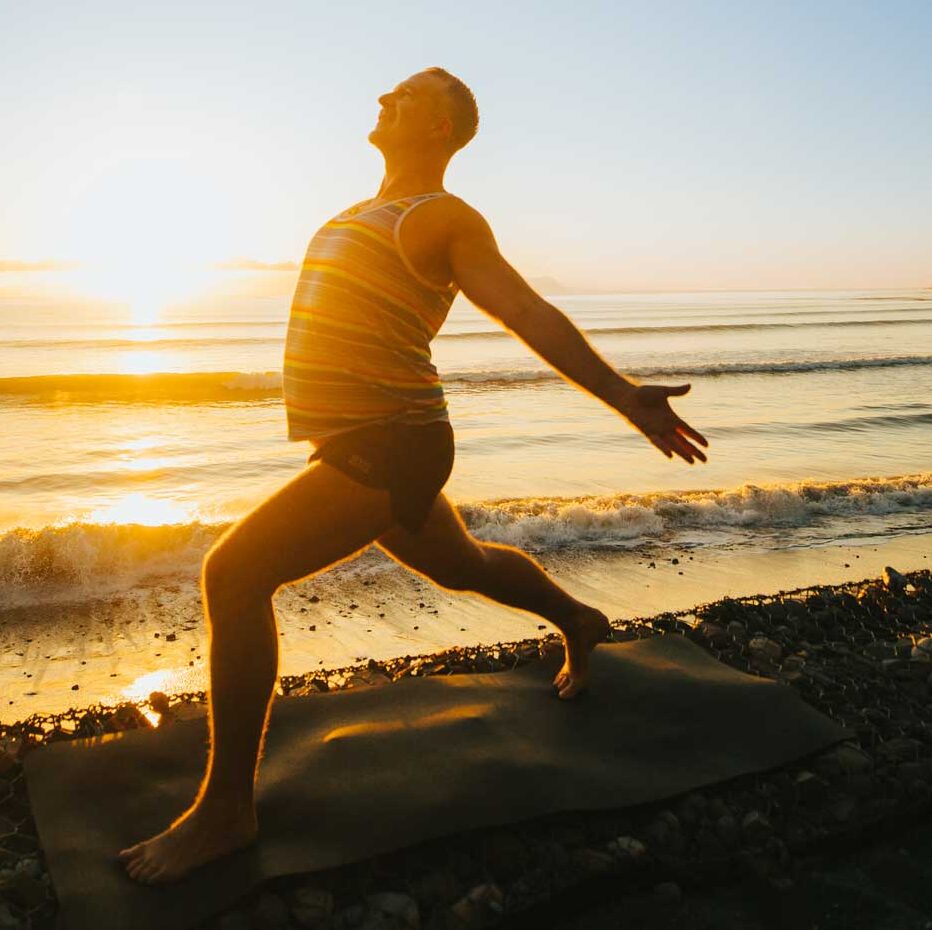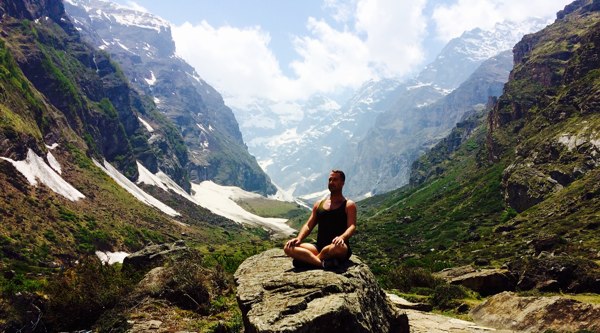For years, stretching has been the go-to solution for anyone seeking relief from muscle tension, pain, or stiffness. But what if this widely accepted practice is doing more harm than good? In this article, we’ll explore my journey as a yoga practitioner and fitness enthusiast who discovered the surprising truth about stretching—and why Muscle Activation Techniques (MAT) may hold the key to true, lasting relief.
In this article, I will discuss my personal history with stretching, how I overcame chronic pain, and why I believe that stretching is hurting us. I explore this topic in depth in my podcast, Stop Stretching; you can access episode 2 here.
Here’s what you will learn in this article:
- Stretching: The Hidden Culprit
- The Problem with Flexibility Obsession
- The Shift to Muscle Activation
- What Is Muscle Activation?
- Why Stretching Falls Short
- How to Stop Stretching and Start Activating
- The AYAMA Approach in Action
- Rethinking Your Approach to Movement
- How to take the First Step Toward Pain-Free Living
Stretching: The Hidden Culprit
For years, I believed stretching was the solution to my chronic back, neck, and knee pain. From yoga practices, I stretched religiously, hoping to ease the discomfort. While stretching often felt good, the pain always returned, often worse than before.
It wasn’t until 2017 when I was nearly immobilized by pain, that I realized the problem. Stretching was exacerbating instability in my body by disrupting the natural brain-muscle connection. I was creating inflammation and weakness instead of addressing the root cause of my pain.
“Stretching only addresses the symptom,” said Katie Burdick, Muscle Activation Technique (MAT) expert. “Tightness is the body’s signaling that something is wrong, but stretching doesn’t fix the problem. It’s like taking painkillers for a dehydration headache; you haven’t solved the problem.”
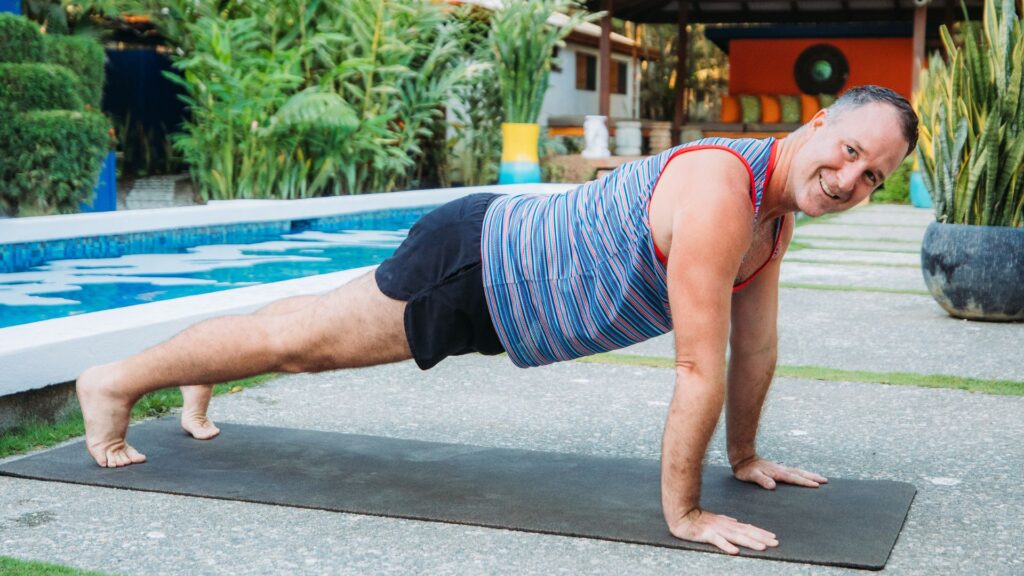
The Problem with Flexibility Obsession
Many of us equate flexibility with health and mobility. We’ve been conditioned to believe that touching our toes or mastering a headstand is the goal. But here’s the truth: flexibility without stability can lead to injuries and chronic pain.
Take my story as an example. I pushed my body into extreme ranges of motion with intense practice. Over time, this approach led to severe disc herniation in my lower back and debilitating sciatica.
The Shift to Muscle Activation
Enter Eric Steibl, a physical therapist who introduced me to MAT. During my first session, Eric reduced my pain from a 9/10 to a 2/10. His approach is about stretching or increasing flexibility rather than restoring muscle function. Reactivating underperforming muscles, MAT addresses the root cause of pain. Eric taught me that stability is the foundation of mobility and pain-free living. If muscles aren’t functioning well, the body compensates. Leading to further instability and pain.
What Is Muscle Activation?
Muscle Activation Techniques (MAT) focus on improving communication between the brain and muscles. Think of it as fixing a dropped phone call. When muscles aren’t contracting well, the body struggles to move efficiently, often leading to tightness and pain. MAT works by restoring this communication, thus ensuring muscles can contract and support the body as needed.
“One of my clients struggled with chronic piriformis pain. Stretching gave her temporary relief but didn’t solve the problem. After incorporating muscle activation, her pain gradually disappeared, and she finally experienced lasting stability.” Sherry Sheban, fitness coach.
Why Stretching Falls Short
Stretching can feel good because it temporarily relieves tension. However, this relief is often short-lived and can even worsen underlying issues. Here’s why:
- Disrupts Muscle Function: Stretching forces muscles to lengthen unnaturally, disrupting the brain-muscle connection.
- Creates Instability: Overstretching can weaken stabilizer muscles, making the body more prone to injury.
- Masks Symptoms: Instead of addressing the root cause of tightness or pain, stretching focuses on the symptom.
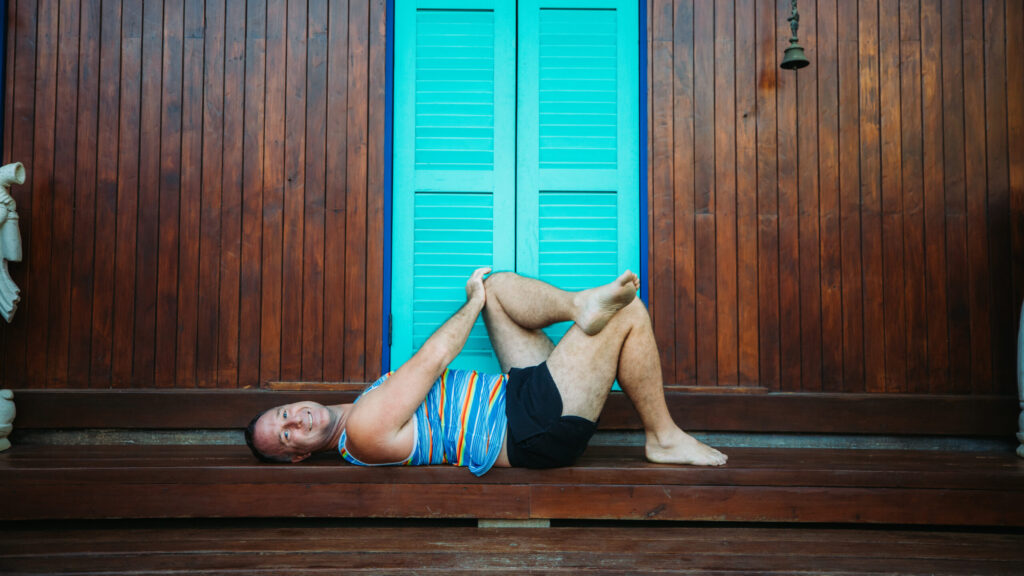
How to Stop Stretching and Start Activating
If stretching isn’t the answer, what should you do instead? Here are the key principles of Applied Yoga Anatomy and Muscle Activation (AYAMA), a method I’ve developed:
- Prioritize Stability: Focus on strengthening stabilizer muscles to support your joints and improve mobility.
- Activate Muscles: Incorporate exercises that improve neuromuscular communication, ensuring muscles contract correctly.
- Limit Range of Motion: Go only 25-40% into your perceived range in yoga or movement practices to avoid overstretching.
- Listen to Your Body: Pain is a signal. Don’t push through it; instead, identify and address the cause.
The AYAMA Approach in Action
After integrating AYAMA into my yoga teacher training, I witnessed transformations. Participants reported reduced pain and improved mobility within days by shifting the focus from flexibility to stability. This method works because it addresses the root cause of pain rather than treating symptoms.
One participant shared: “I used to think yoga was all about stretching, but AYAMA taught me the value of strength and muscle activation. I feel stable and pain-free.”
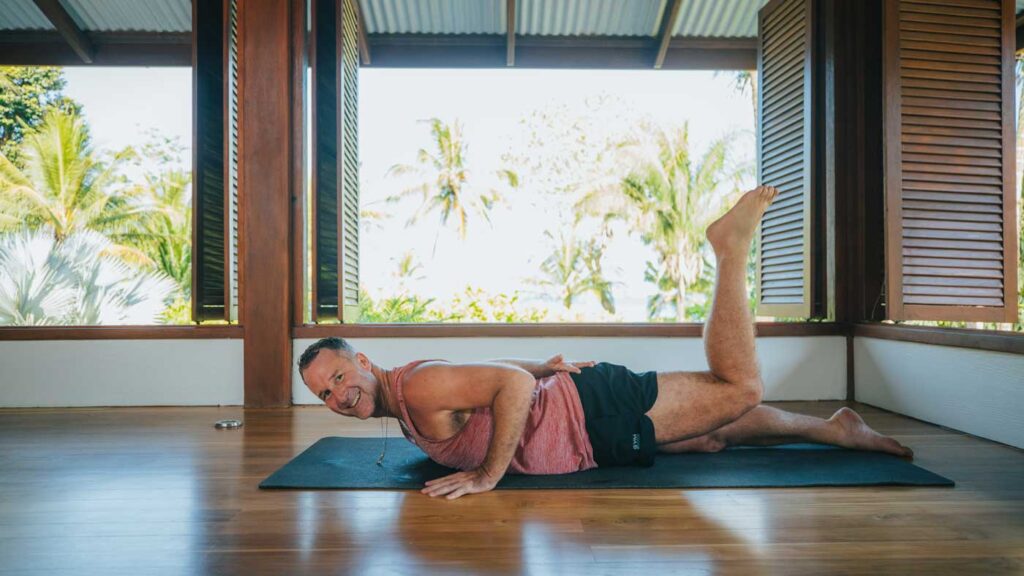
Rethinking Your Approach to Movement
The fitness and yoga worlds often perpetuate the idea that stretching equals health. It’s time to challenge this belief. Mobility and pain-free living are about balance, stability, and strength paired with movement. Stretching alone cannot provide this foundation.
“Getting old and debilitated isn’t inevitable; it’s a result of stress, trauma, and overuse. Restoring muscle function can reverse these effects and keep you moving freely.” Greg Roskopf, Creator of MAT.
Take the First Step Toward Pain-Free Living
Ready to break free from the cycle of pain and temporary fixes? Start by exploring muscle activation techniques. Incorporate stability-focused practices into your routine and your body’s unique needs.
Pain doesn’t have to define your life. With the right approach, you can build a foundation of strength, stability, and lasting mobility. Say goodbye to stretching and hello to a healthier, pain-free future.
Stay tuned for more insights and practical tips on living pain-free with AYAMA. Together, we can flip the script on flexibility and embrace a new way of moving.
